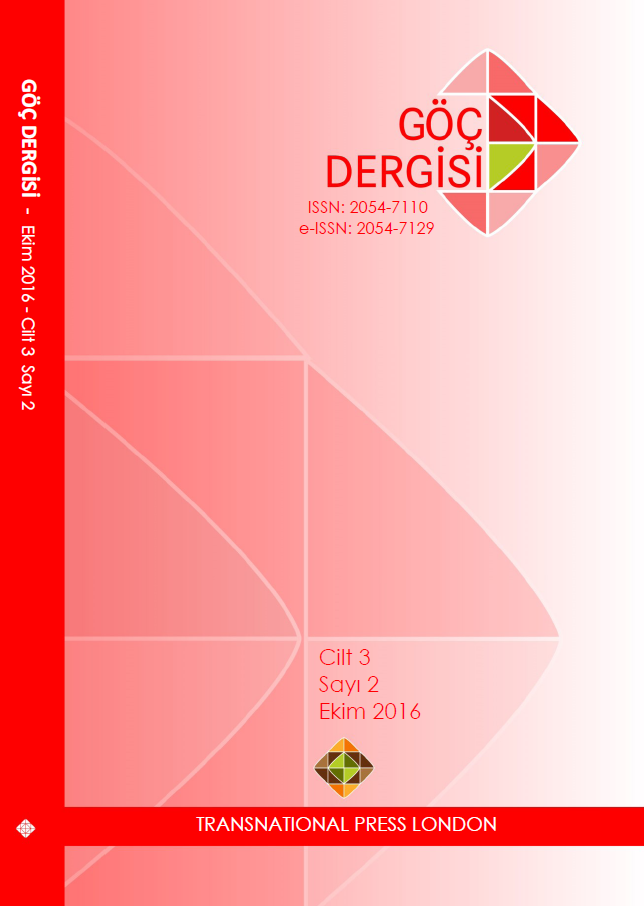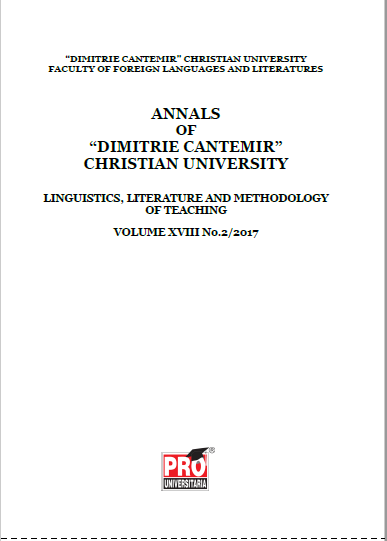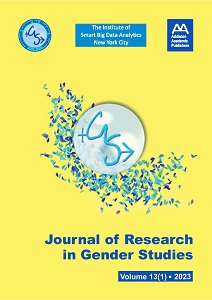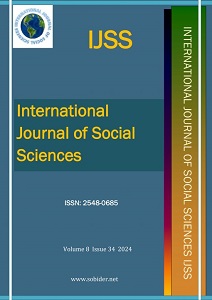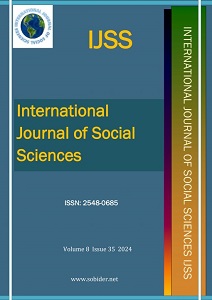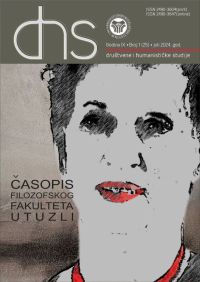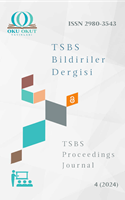Author(s): Hüseyin Şıra / Language(s): Turkish
Issue: 4/2024
Literature has interacted with religion throughout history. This has sometimes been achieved by using religious arguments in literary texts and sometimes by explaining religious issues through literature. Religious themes also occupied a large place in the literature that developed with the Turks’ acceptance of Islam. Many religious literary genres such as tawhid, munacat, na’t, mawlid, hilya, qisas-i enbiya, and menaqibname have emerged based on Allah, the Prophet Muhammad, the Qur’ān and Sufism. Although the existence of independent works based on faith, worship and morality dates back to earlier times, it is known that verse texts written in the form of catechism date back to the 16th century. It has been seen that many poems have been written that deal with some of the subjects of Fiqh or Theology as well as basic religious information that needs to be known in general, such as 32 fard and 54 fard. In this study, the issues of faith in the Manzum İlmihal of Manastırlı Mehmed Rifat, who came to the fore as a general, statesman, linguist and playwright in a period when the innovation movements in the Ottoman Empire gained momentum in the second half of the 19th century, were discussed. The section of the poem, which consists of 22 chapters and 247 couplets in total, is the section where the first 114 couplets, which explain the condition of faith, are discussed together with the Introduction. It has been seen that this work, which does not aim to appeal to a wide audience, aims to enable students in primary schools to learn the principles of belief and worship of Islam in an easy and memorable way. As a matter of fact, it has been determined that this issue, which was mentioned at the beginning of the work, was realized by using simple and understandable language throughout the text. The issue of whether the style and style of this text can be used in today’s religious education activities has been discussed. In addition, a comparison is made with the relevant parts of Birgivî’s Vasiyetnâme, which was written before the text and is one of the most famous examples of its kind, and the similar and different aspects are generally emphasized.
More...

